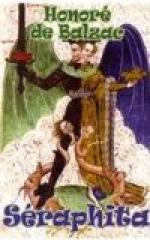At the foot of the hills of Jarvis lies a village of some two hundred wooden houses, where an isolated population lives like a swarm of bees in a forest, without increasing or diminishing; vegetating happily, while wringing their means of living from the breast of a stern Nature. The almost unknown existence of the little hamlet is readily accounted for. Few of its inhabitants were bold enough to risk their lives among the reefs to reach the deep-sea fishing,—the staple industry of Norwegians on the least dangerous portions of their coast. The fish of the fiord were numerous enough to suffice, in part at least, for the sustenance of the inhabitants; the valley pastures provided milk and butter; a certain amount of fruitful, well-tilled soil yielded rye and hemp and vegetables, which necessity taught the people to protect against the severity of the cold and the fleeting but terrible heat of the sun with the shrewd ability which Norwegians display in the two-fold struggle. The difficulty of communication with the outer world, either by land where the roads are impassable, or by sea where none but tiny boats can thread their way through the maritime defiles that guard the entrance to the bay, hinder these people from growing rich by the sale of their timber. It would cost enormous sums to either blast a channel out to sea or construct a way to the interior. The roads from Christiana to Trondhjem all turn toward the Strom-fiord, and cross the Sieg by a bridge some score of miles above its fall into the bay. The country to the north, between Jarvis and Trondhjem, is covered with impenetrable forests, while to the south the Falberg is nearly as much separated from Christiana by inaccessible precipices. The village of Jarvis might perhaps have communicated with the interior of Norway and Sweden by the river Sieg; but to do this and to be thus brought into contact with civilization, the Strom-fiord needed the presence of a man of genius. Such a man did actually appear there,—a poet, a Swede of great religious fervor, who died admiring, even reverencing this region as one of the noblest works of the Creator.




